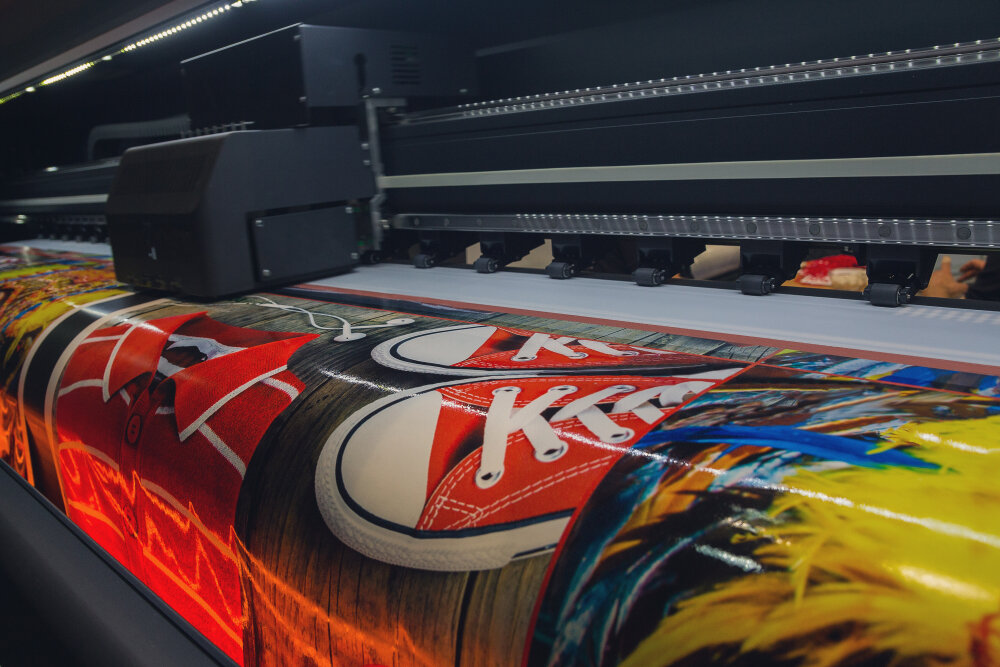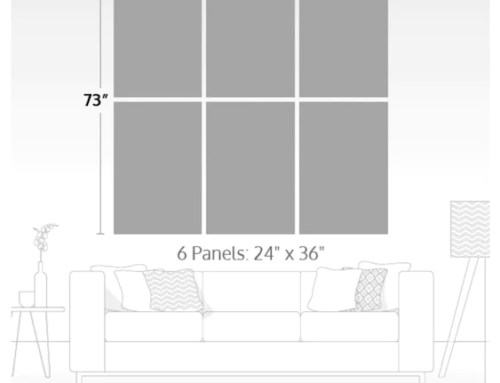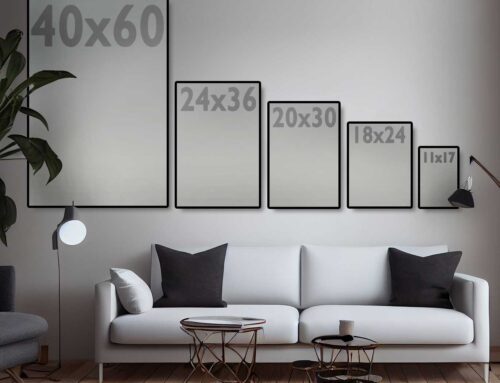Giclée is a printing term derived from a blend of French words; gicleur, which is a technical term for a nozzle or jet, and gicler, to spray out. It was initially coined by printmaker Jack Duganne in 1991. Today, it’s used to describe fine art printing using pigment-based, archival-quality inks, manufactured on advanced inkjet printers. Giclée’s technological advantages naturally lend itself to be used with fine art prints; whereas, inkjet printing is commonly employed for photographic prints. Museum prints tend to be giclée prints, for instance.
There are a few chief advantages with giclée printing, and even for photographic works. Whereas many traditional large-format printing technologies use the classic CMYK color space by combining four inks giclée printers may combine up to 12 individual colors. This combination of pigments alone yields incredibly smooth gradients and a vastly wider colour gamut. In other words, the prints made with this method have greater depth and richness, which helps to create stunning vibrant artwork. In the case of recreating artwork, such as with a watercolour print, the giclée output is almost indistinguishable from the original.
As well as having an improved color rendition, giclée lends itself to printing on a larger variety of surface materials. It is common to find super-heavy paper stocks, acid-free papers, wood veneers, canvas, fabric, and even metal among the choices of printing substrates. Common rag paper is not used for giclée prints.
Finally, giclée prints are truly archival quality. That is, they resist fading for much, much longer than standard inkjet prints.
Giclée requires images to be at least 300 dpi, so Zip Art purchase are perfect for this medium. When and where possible, seek out giclée printing. You will be glad you did. We are sure that your local printmaker will be able to assist you when making this decision. Giclée was once uncommon and expensive and was unseen in the consumer space, except for pre-printed museum-quality pieces; however nowadays, it is not difficult to source a custom giclée print.




